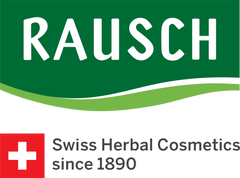Lime blossom | What's that?

The sweet-smelling lime tree chiefly grows in the deciduous forests of Central Europe and North America. Limes can grow up to 30 m tall and live for up to 1,000 years.
Lime blossom tea is a widely known home remedy for colds, coughs and sore throats. It has a soothing and diaphoretic effect. Lime blossom tea with its honey-like taste is also often drunk to help with sleep problems.
Used externally, lime blossoms have a healing and soothing effect. They contain mucilage that forms a protective layer over skin and hair. Lime blossom is thus a common ingredient in natural cosmetics and hair care products. As far back as the Middle Ages, people used to drink lime blossom tea to help them fall asleep and to treat colds.
Lime trees remain deeply rooted in Swiss culture to this day. They can still be found in marketplaces or main squares in many villages today. For a long time, large-leafed lime trees marked the centre of a settlement, the hub where community life played out.
There are also many famous streets in Europe lined with lime trees, such as ‘Unter den Linden’ in Berlin – which literally translates as ‘under the lime trees’. Fascinating fact: large, well-known cities owe their name to the custom of planting a lime tree in the centre of a village.
The city of Linz in Austria, for example, was once a lime grove, and the name ‘Leipzig’ derives from ‘Lipsko’ meaning ‘the place where lime trees grow’. The Celtic and Old French word for lime (‘til’) appears in numerous place names in Western Switzerland, such as Montilier.
